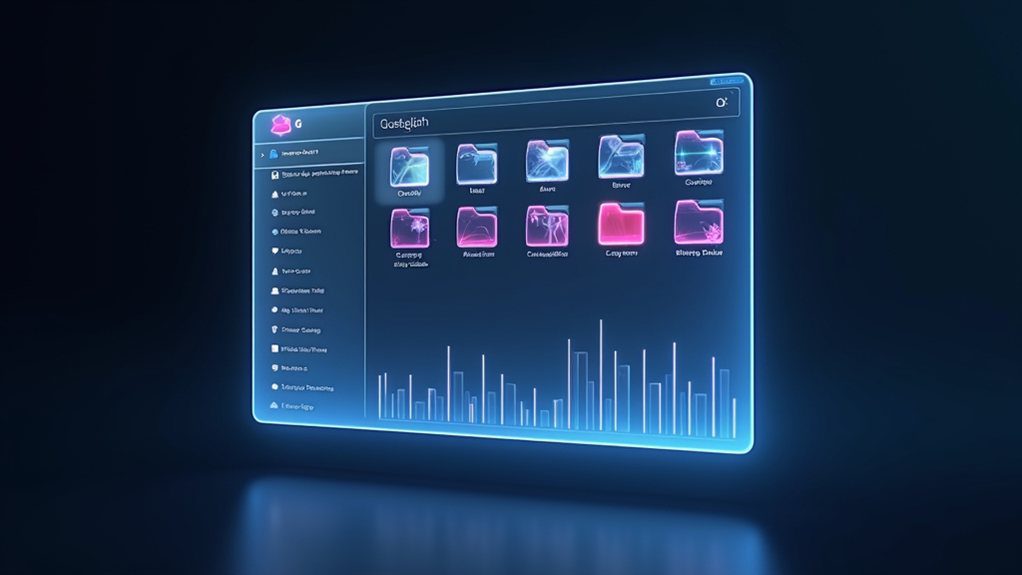Microsoft’s Windows 11 version 25H2, slated for late 2025, focuses on streamlining system efficiency rather than introducing flashy features. The update marks a significant shift by removing legacy tools like PowerShell 2.0 and WMIC during implementing a more efficient servicing model that reduces update sizes by 40%. Enterprise users benefit from extended support lifecycles – 36 months for Enterprise/Education editions and 24 months for Pro users. This strategic evolution hints at Microsoft’s broader vision for Windows’ future.

The latest iteration of Microsoft’s flagship operating system arrives with more subtle refinements than fanfare. Windows 11 version 25H2, slated for public release in the latter half of 2025, represents a strategic shift in how Microsoft approaches its annual updates – less about flashy features and more about streamlined efficiency under the hood.
Like a well-oiled machine getting a tune-up rather than a complete overhaul, 25H2 shares its core DNA with its predecessor, version 24H2. The update arrives as an activation package, activating dormant features while maintaining system stability. Users will need at least 4 GB of RAM to run the new version smoothly. The Release Preview Channel is currently testing this update before its general availability. It’s a bit like updating your smartphone’s firmware – quick, painless, and surprisingly lightweight.
Power users and IT administrators might raise an eyebrow at the removal of some familiar tools. PowerShell 2.0 and the WMIC command-line tool are heading to the digital sunset, marking the end of an era for these legacy components. It’s Microsoft’s way of saying “out with the old, in with the new,” as they continue modernising Windows’ infrastructure.
The update’s delivery mechanism deserves special attention. Using the shared servicing branch model, first pioneered with Windows 10 version 1909, 25H2 manages to shrink update package sizes by roughly 40%. For enterprise users, this means less network congestion during deployment and shorter installation windows – a win-win situation that IT departments will undoubtedly appreciate.
Enterprise and Education editions receive a particularly sweet deal with 25H2, as their support lifecycle resets to 36 months. Pro edition users aren’t left out either, getting a fresh 24-month support window.
Perhaps most intriguingly, IT administrators gain new powers to remove pre-installed Microsoft Store apps through Group Policy or MDM CSP – a feature that might make enterprise deployment managers smile.
The beauty of 25H2 lies in its seamless integration with existing systems. Users running version 24H2 will find the upgrade process surprisingly quick, requiring just one restart to complete.
Nonetheless, those still on 23H2 will need to make a pit stop at 24H2 before jumping to the latest version – think of it as a necessary layover on your Windows update journey.
Microsoft’s approach with 25H2 reflects a maturing operating system philosophy where stability trumps spectacle. Rather than introducing dramatic changes, the company opts for delivering innovation through monthly cumulative updates, ensuring a more stable and predictable experience for users across all editions.
It’s a calculated move that prioritises reliability over revolution, suggesting that Windows 11’s evolution continues to favour refinement over radical transformation.
Final Thoughts
Windows 11’s 25H2 update showcases Microsoft’s significant redesign of essential system features, particularly with its enhanced File Explorer and Studio Effects. This shift emphasizes AI-driven computing experiences, which may require some adjustment for long-time users. The improvements in efficiency and creativity tools reflect Microsoft’s dedication to evolving Windows for future computing demands. If you’re looking to navigate these changes smoothly, PC Repairs North Lakes is here to help. Reach out to us today by clicking on our contact us page to learn more about how we can assist you with these updates.
